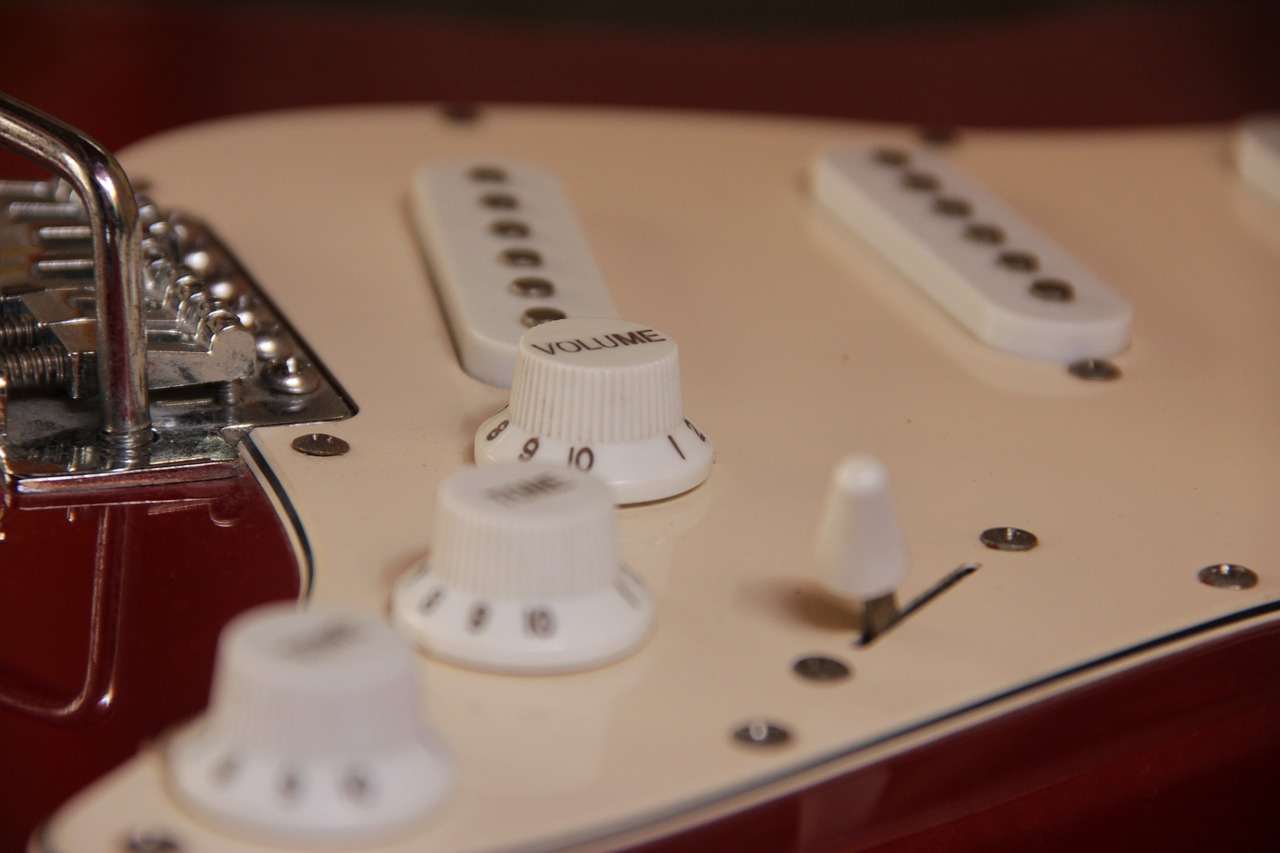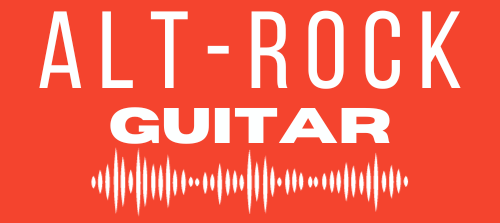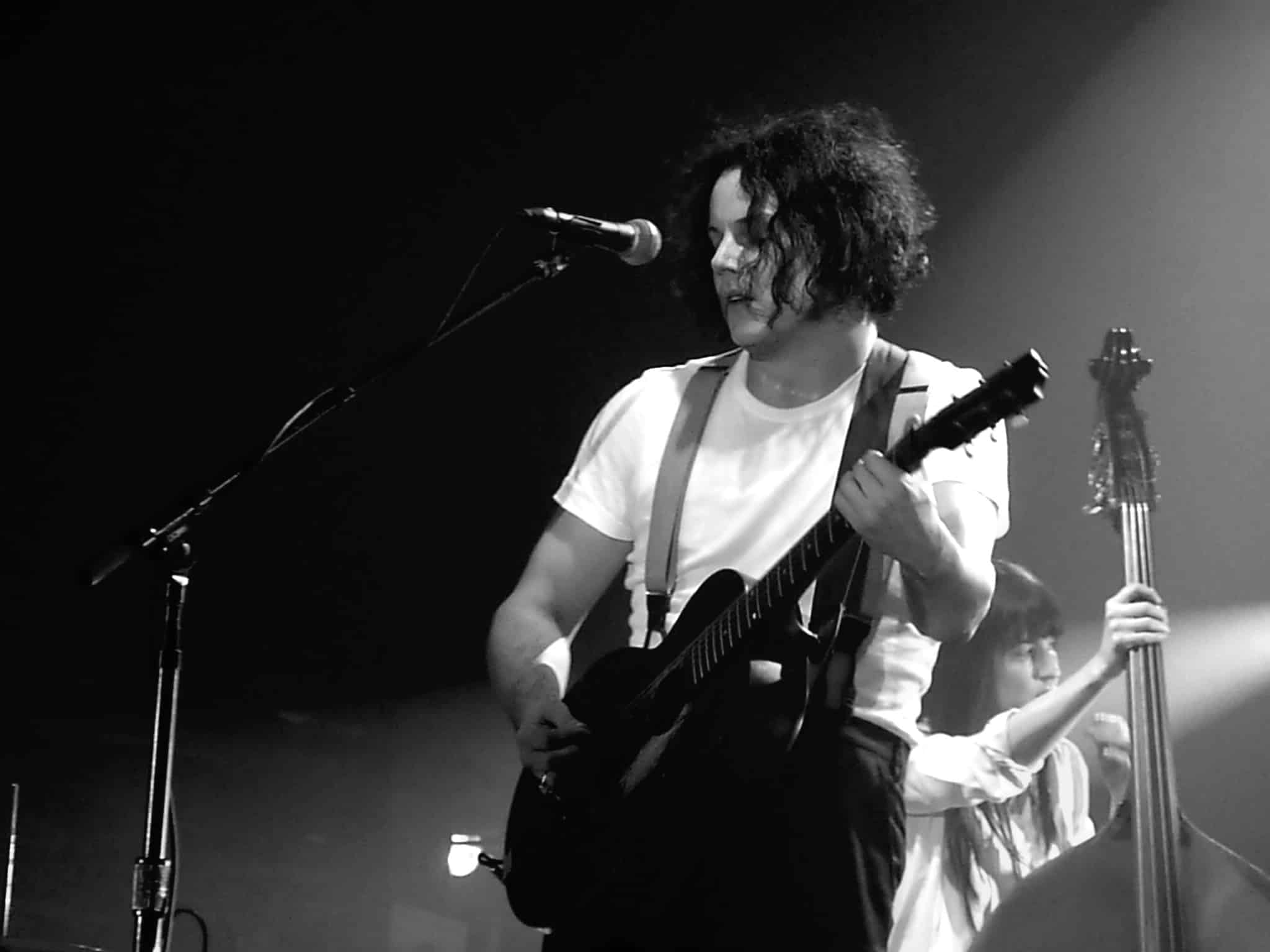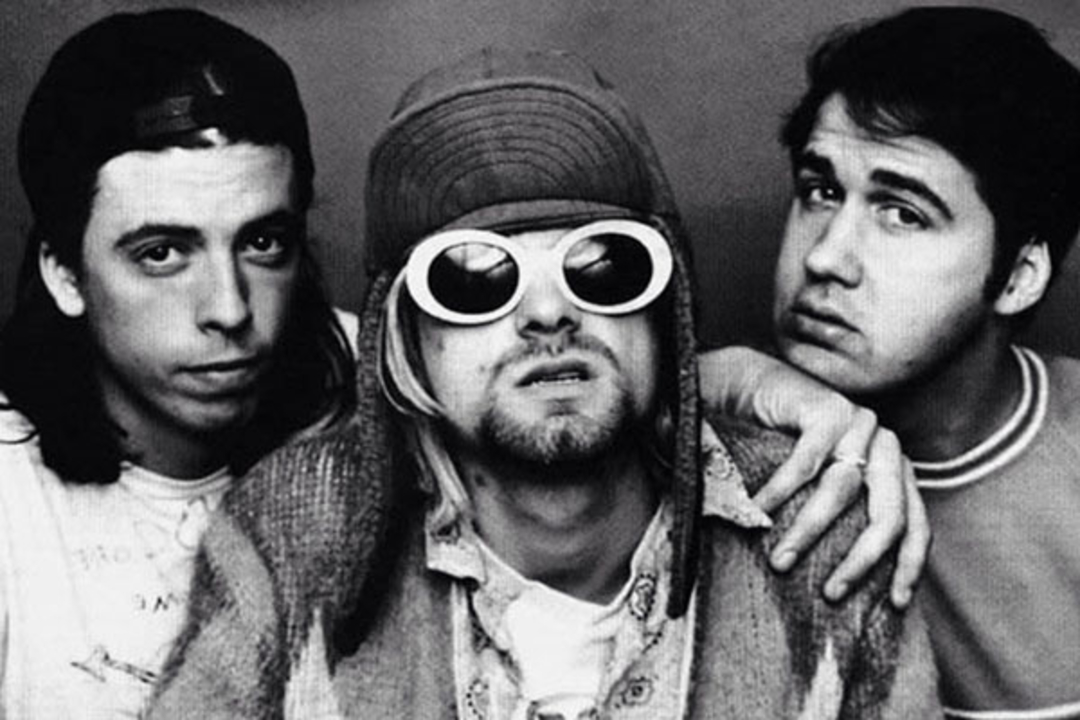
The 13 Best Alternative Rock Basslines
We all know that alternative rock has some legendary bassists, so we thought we would look at 13 of the best alternative rock basslines. From the indie rock bass riffs of Andy Rourke to the psychedelic setting of Cam Avery, we are going to rank the best bass riffs and have a look at what makes them great.
Again this is all down to the impact the bassline has had, and some personal opinion. Let’s get into it…
1. "Hysteria" - Muse (2003)
There is no doubt that “Hysteria” by Muse belongs on this list. You can’t say much more about this riff other than the fact Chris Wolstenholme absolutely nails this bass riff.
The bassline flies off the bat from the word go. The double open A intro flies into a slinking, but still staccato, nearly chromatic sequence. Throughout the song, Chris palm mutes the bass riff, which gives it a higher-driven feel, while also allowing space in the mix for the octave guitar part.
The bassline to “Hysteria” has become an emblematic piece of bass guitar playing, and it beautifully compliments the other instruments and vocals in the song. It is a perfect example of how a bassline can be both melodic and rhythmically captivating, enhancing the overall composition. This is why it belongs at number one in the best alternative rock basslines.
2. "There is a Light that Never Goes Out" - The Smiths (1986)
The late Andy Rourke is one of the most influential bassists in the history of indie rock. This is thanks to his unique melodic and funk-infused playing style. This style is what separated him from his contemporaries.
The bassline for “There Is a Light That Never Goes Out” embodies this playing style and contributes to the song’s haunting and introspective mood. It weaves beautifully with the vocal melody and other instruments, creating a seamless and emotional musical landscape.
It does this thanks to its use of arpeggiation. Marr (The Smiths Guitarist) uses arpeggios religiously and the fact they are utilised by Rourke here gives the music space to work in its own realm. A captivating bassline that sounds simple but is impressive.
3. "Lauren" - Men I Trust (2017)
This may be the most obscure inclusion on the list, but this by no means implies that it is less impressive. This indie rock bass riff makes you feel mellow. It’s a smooth and steady groove that provides a solid foundation for the rest of the instruments and vocals to glide upon.
Throughout the verse it moves to a more direct bassline, being the main force in moving the song from section to section. It also throws in some octave articulation within these sections just to add some extra intrigue.
Men I Trust’s music often includes luscious guitar and synth textures, and the bassline plays a crucial role in supporting and enriching these elements. It fills the low-frequency spectrum, creating a warm and immersive sound. It does this with impressive dynamic sensitivity, raising at moments before falling away at others.
4. "Schism" - Tool (2001)
This may be the most demanding bassline that we will put in our best alternative rock basslines. If you don’t know tonnes about Tool then we recommend giving them a listen, then you will know what we mean.
“Schism” is notorious for its use of polyrhythms and odd time signatures, and the bass riff plays a crucial role in defining these intricate rhythmic patterns. The song switches between time signatures like 5/4 and 7/8, adding a sense of complexity and unpredictability.
The bass in “Schism” is not merely a rhythm instrument; it also incorporates melodic and harmonic elements. This is so prevalent that this track proves that a bass guitar can take the lead role in a psychedelic rock song. Justin Chancellor is a beast, and “Schism” is him proving his capabilities.
5. "Do I Wanna Know" - Arctic Monkeys (2013)
When you think of Alternative/Indie Rock, you think of the Arctic Monkeys. When you think of basslines you think of “Do I Wanna Know”, so of course it was going to make it on the list of best alternative rock basslines.
The bassline features a repetitive motif that becomes instantly recognisable and serves as a central theme throughout the song, playing in tandem with the guitar in an almost call-and-response texture. It does this through its use of syncopated rhythms, slides between notes, and continuous development and embellishment.
Nick O’Malley’s bass playing in this track adds depth, groove, and complexity, elevating the song to become one of Arctic Monkeys’ most recognisable and beloved hits.
6. "Love Will Tear Us Apart" - Joy Division (1980)
This one is unique in the list, as the bass playing is somewhat even more unconventional. In the intro of the track, you can hear that the bass is actually playing the root chord at a lower register. This helps to earth the track and allows the listener to place the key.
Peter Hook’s bassline provides a steady and rhythmic drive that propels the song forward. It works in tandem with the drums, creating a tight and infectious groove. It also enforces the downbeat, yet hopeful vocals from Ian Curtis. Solidifying the Hook of the song.
This togetherness makes “Love Will Tear Us Apart” an instant classic, and it is why it has become a football chant in the UK that is still sung on a regular basis to this day.
7. "Suck My Kiss" - Red Hot Chilli Peppers (1991)
Flea. That’s probably all I would have to say for this one, but I will go on. The master of funk lets his full funkiness shine through on this one.
The song prominently features Flea’s expert use of slap bass, a technique where the strings are slapped and pulled to produce a percussive sound. It sounds like in the recording of this track they were slapped to within an inch of their lives.
The bass playing here is aggressive, rhythmically complex, and offers complete dynamic sensitivity. The drums match Flea’s playing perfectly accenting all of the rhythmic nuances.
“Suck My Kiss” also includes a bass solo section where Flea gets to showcase his virtuosity. This solo adds a captivating moment to the song and highlights his exceptional bass-playing skills.
8. "The Less I know the Better" - Tame Impala (2015)
You have to include “The Less I Know The Better” by Tame Impala in the list of the best alternative rock baselines. The best way to describe this riff is infectious. When this song kicks in people aren’t singing the lyrics, in fact, they are singing the bassline, that’s how good it is.
The riff is undeniably funky and groovy, and it successfully anchors the song with a solid, danceable rhythm. For a track that embraces the entire essence of psychedelia, with airy vocals, and delayed guitars, the bass does the work propelling the song forward.
Then when you add the effects such as modulation and compression, the bass adds to the song’s psychedelic ambience. A bassline that is active and truly services the genre it resides in.
9. "Sliver" - Nirvana (1992)
The reason this bass riff takes the cake for Nirvana is its simplicity. I was torn on which track to include here, as “Heart Shaped Box”, “Breed”, and “Smells Like Teen Spirit” but I think the prominence of the bass in “Sliver” gets it to this spot.
The bassline emphasizes the root notes of the chords, providing a powerful and straightforward backbone for the song’s structure. Everything is based on this intro, from the drumming to the vocals, it wouldn’t work without the direct raw bassline in the back.
Some bass riffs are technical, but while this may be simple, the simplicity and rawness of the bassline reflect the grunge aesthetic. This riff from Krist Novoselic is passionate and energetic delivering a feel that takes the cake over technical complexity.
See where Nirvana rank on out best 90s alternative songs.
10. "Feel Good inc." - Gorillaz (2005)
Gorillaz are the experts at blending alternative rock, hip-hop, and electronic music, and of course, this bassline delivers all three in abundance. The riff is a standout element that drives the track’s funky and hypnotic groove.
One thing that is prominent is the bass tone in “Feel Good Inc”. The tone is distinctive and well-suited to the song’s overall sound. It’s punchy and resonant and that complements the track’s electronic and rock elements while emphasising the hip-hop elements in the verse.
The track hammers home its grove throughout, and while the riff is repetitive, it moves the song along remaining one of the most consistent elements throughout. The depth, groove, and unique character of the riff make it an enduring favourite among alt-rock fans.
11. "Come a Little Closer" - Cage the Elephant (2013)
“Come a Little Closer” by Cage the Elephant is an alternative rock hit known for its dreamy and atmospheric sound. The bass is one of the only elements that roots the track, but it too still embellishes itself with some alterations on repetitions.
Taking a more prominent role in the verse, the bass riff is melodic adding to the song’s musicality and emotional appeal. The riff sticks almost rigidly to a scale, and in the chorus, it quickly ascends back to the root at the end of every phrase, in a method that is fast and rhythmic.
Due to the fact that the riff is drawn out and expanded upon within the verses, it naturally builds tension within the song, something that is resolved at the end of the chorus each time. The build in the bridge too isn’t the same without the bass, which rapidly increases its pace as the build happens.
This bass riff has to be one of the best alternative rock baselines of all time.
12. "Out of the Black" - Royal Blood (2014)
Is this one cheating? Nah. Mike Kerr gets into this list because he decided to get rid of the guitar, and let the bass take the lead. The result is some of the most crunching bass riffs within alternative rock. The open D resonates with depth, while the F gives a contrast ranging over an octave but outlining a power chord.
The initial bass riff rocks alongside the bass, and every hit is in sync with the snare drum giving each hit an incredible resonance in the mix. The guitar tone you think you hear is actually generated from the POG2 octave pedal, transposing the bass notes up an octave. This is further enhanced by a ZVex Mastotron Fuzz Pedal to add grit.
“Out of the Black” is an exceptional example of how a bass guitar can be at the forefront of a song, challenging conventions and redefining the possibilities of what a rock duo can achieve.
13. "Close to Me" - The Cure (1985)
The bassline in this song, played by Simon Gallup, is a crucial element that contributes to the track’s bouncy and catchy vibe. Nothing truly settles in the song, and this is down to the bass riff and Robert Smith’s vocal breathing.
This is thanks to syncopated rhythms and rhythmic variations, all of which add a sense of playfulness and unpredictability to the bass part.
The infectious bassline, combined with The Cure’s signature sound and catchy melodies, has made “Close to Me” an alt-rock emblem. This means it deserves its place as one of the best alternative rock basslines.
Honourable Mentions
“Seven Nation Army” – The White Stripes (2003) – Emitted as it is played on guitar
“Reptilla” – The Strokes (2003)
“L.S.F” – Kasabian (2004)
“Heart-Shaped Box” – Nirvana (1991)
“Jeremy” – Pearl Jam (1991)
Best Alternative rock Basslines
The best alternative rock basslines often go beyond just providing a rhythmic foundation; they become integral components that define the song’s identity. Whether it’s Krist Novoselic’s haunting bass in “Sliver” or Mike Kerr’s groundbreaking bass-guitar hybrid sound in “Out of the Black,” these basslines demonstrate the power of the bass guitar to shape the overall sound and feel of a song.
Whether you’re a bass enthusiast or simply a lover of great music, exploring these iconic basslines is a journey into the heart and soul of alternative rock.
Head to Ultimate Guitar to get the bass tabs for these riffs.
You May Also Like
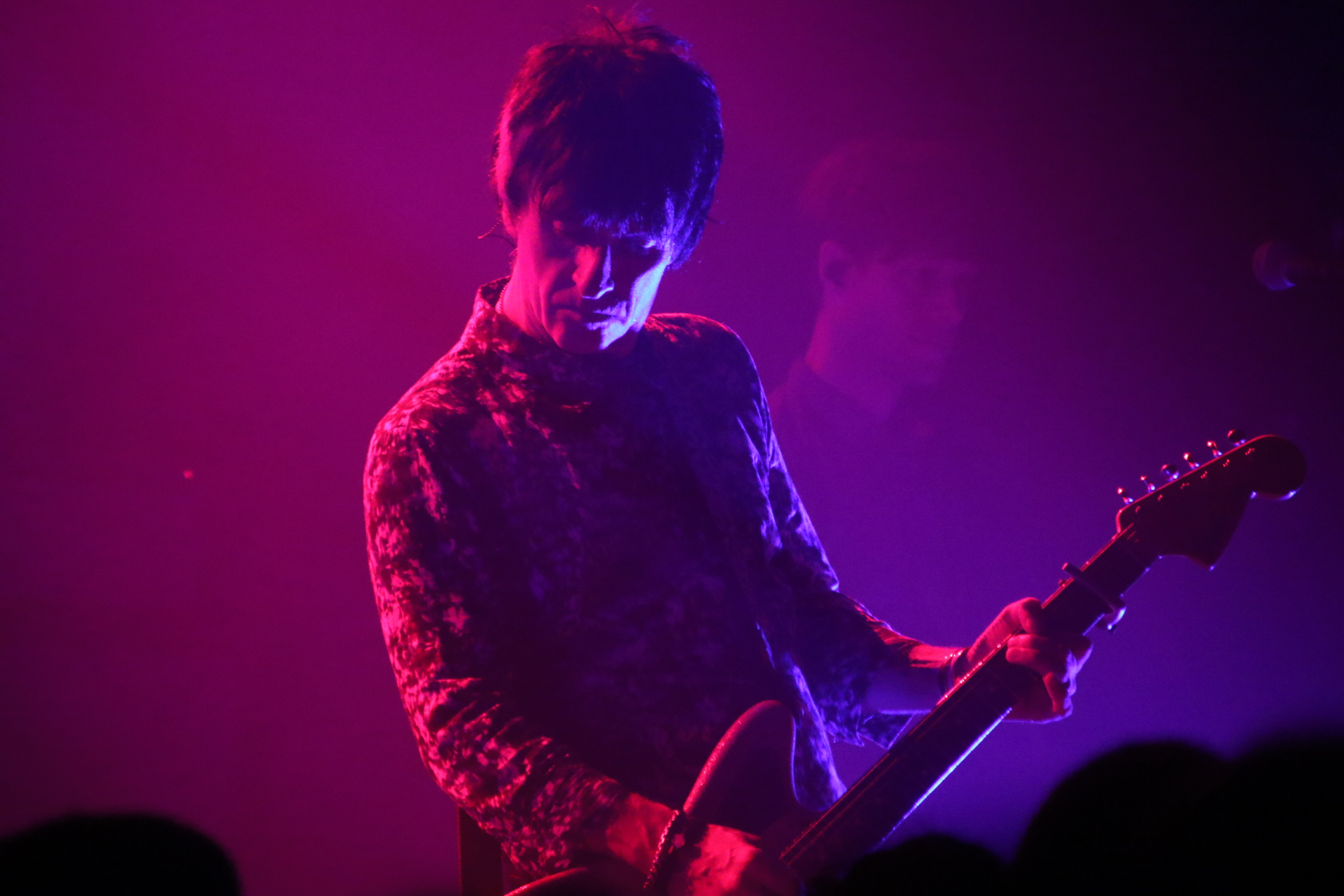
Who Wrote The Smiths’ Songs?
August 11, 2023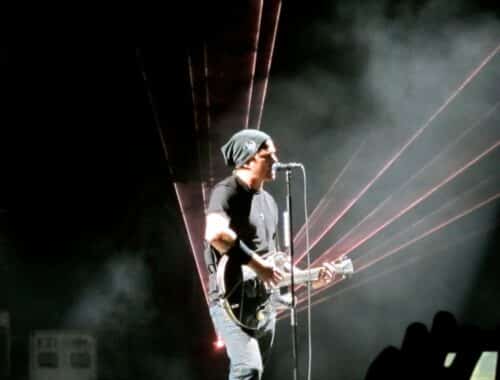
How to Play Guitar Like Tom DeLonge
April 7, 2024